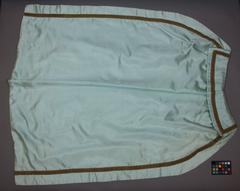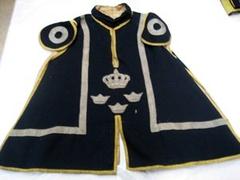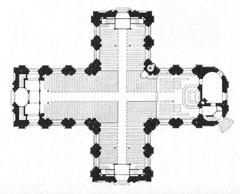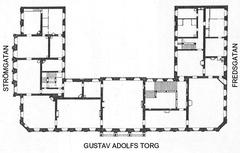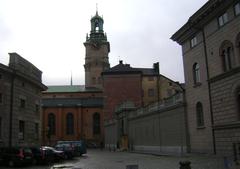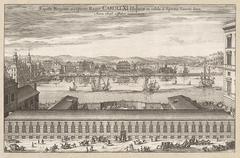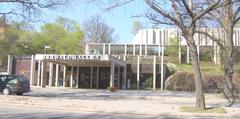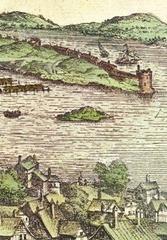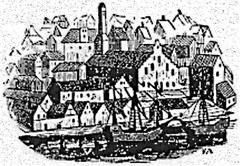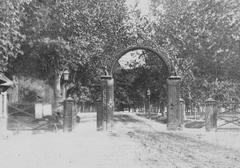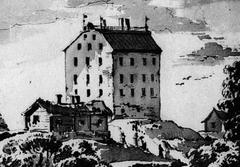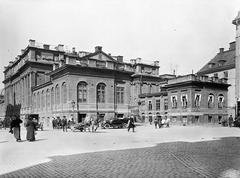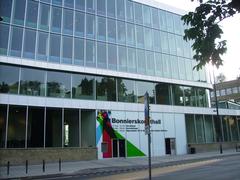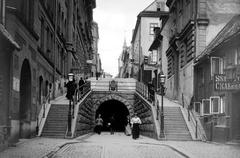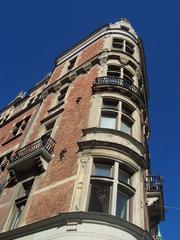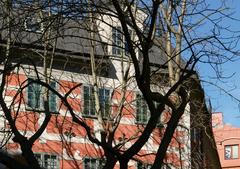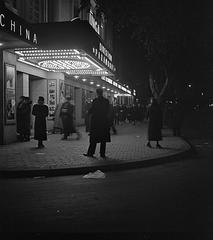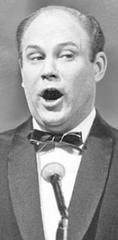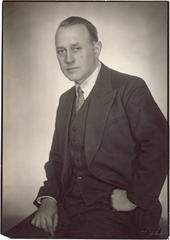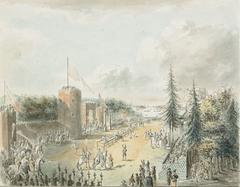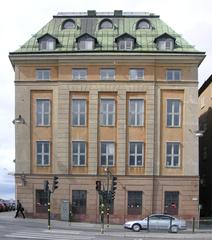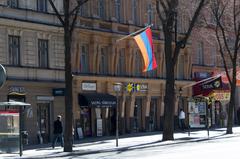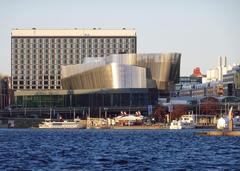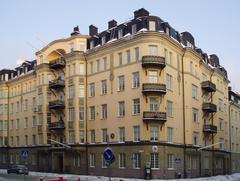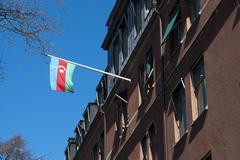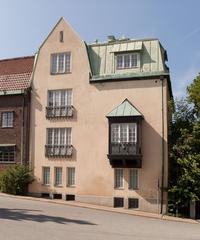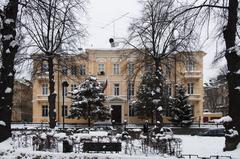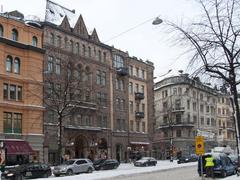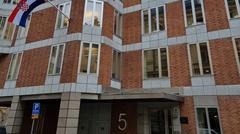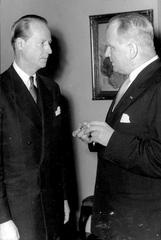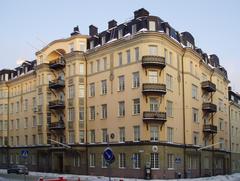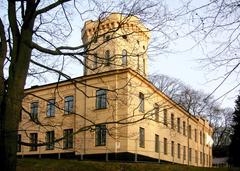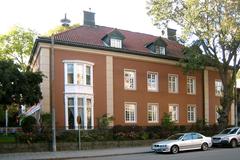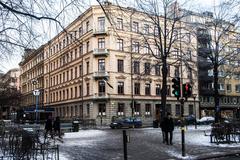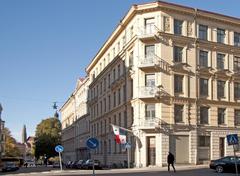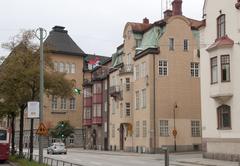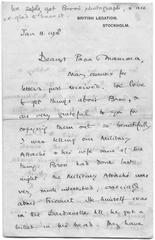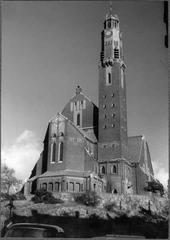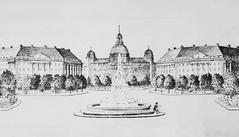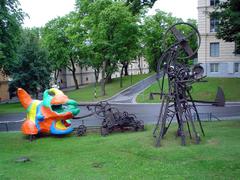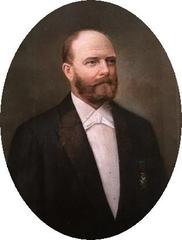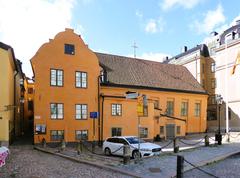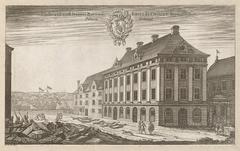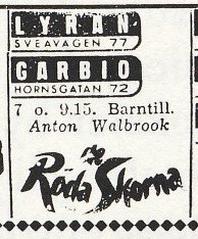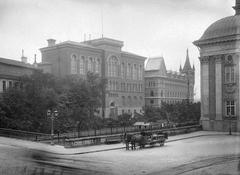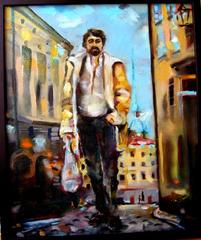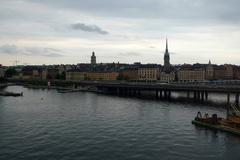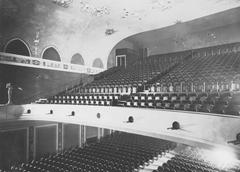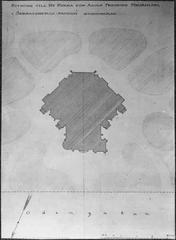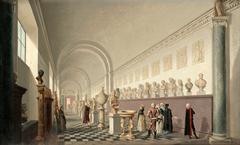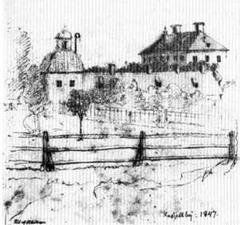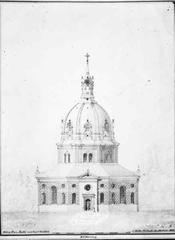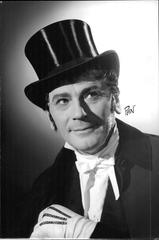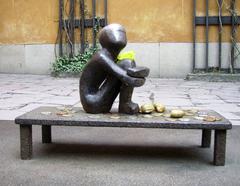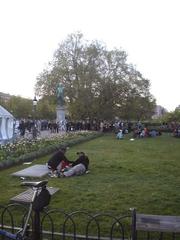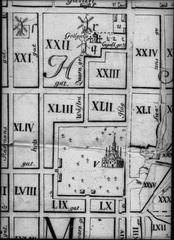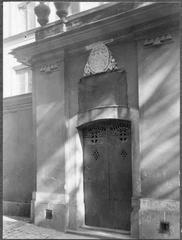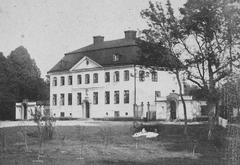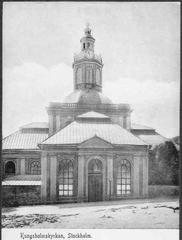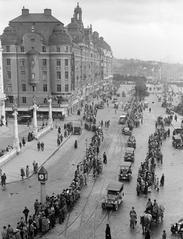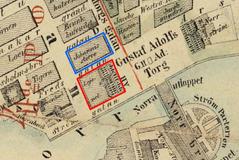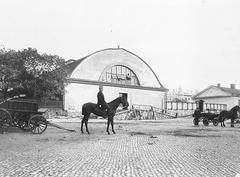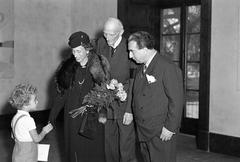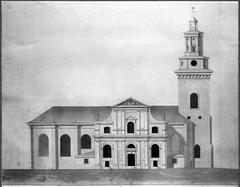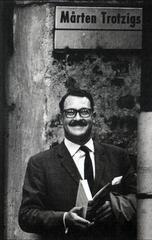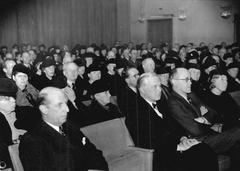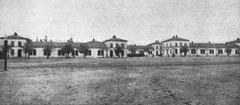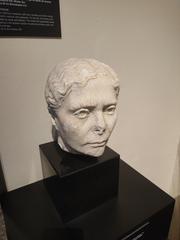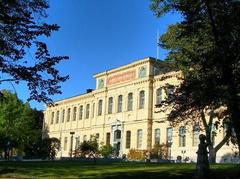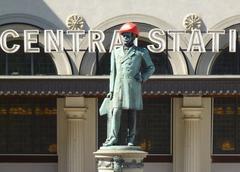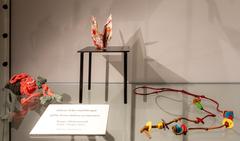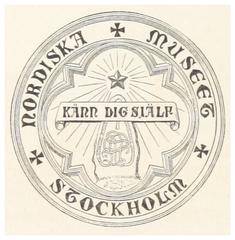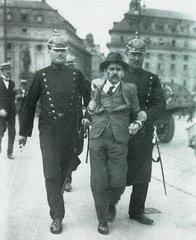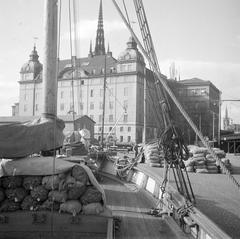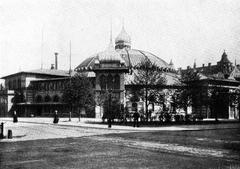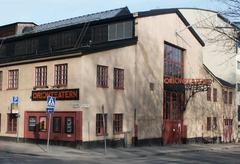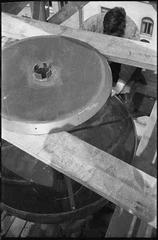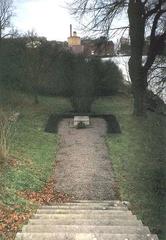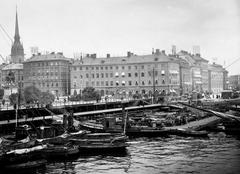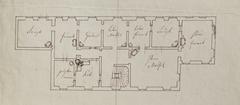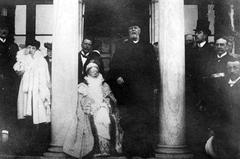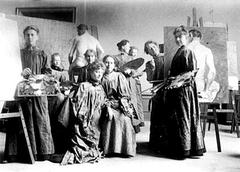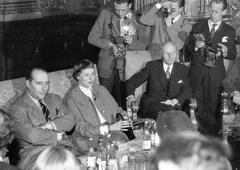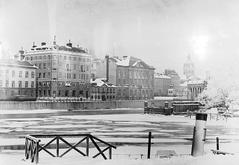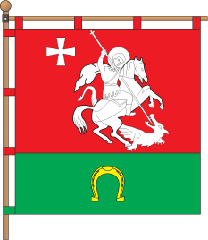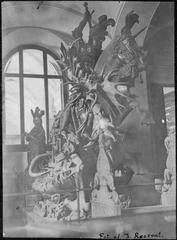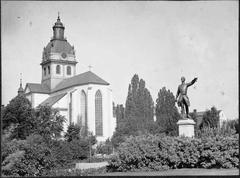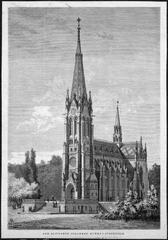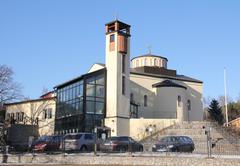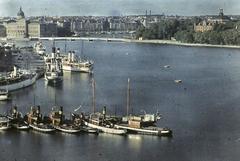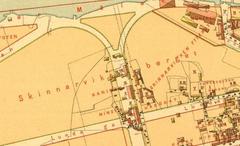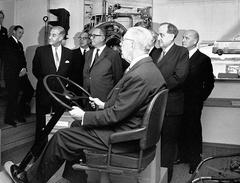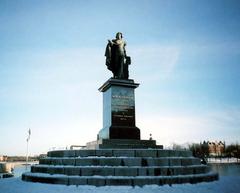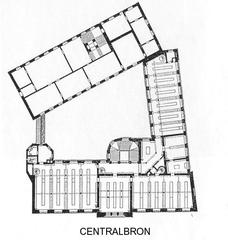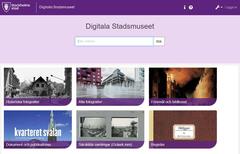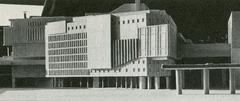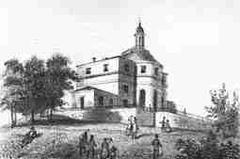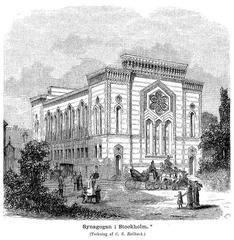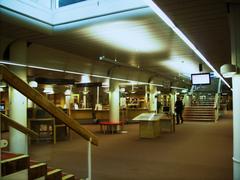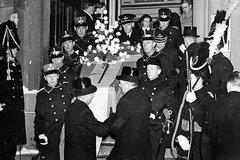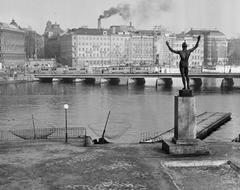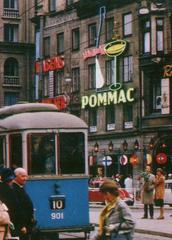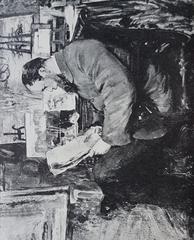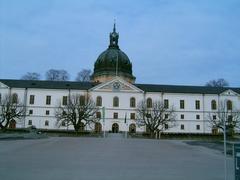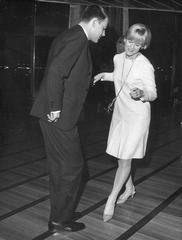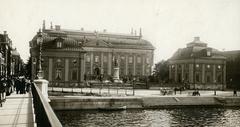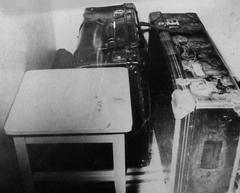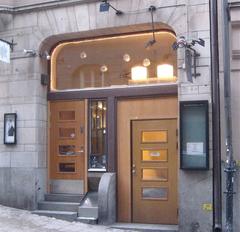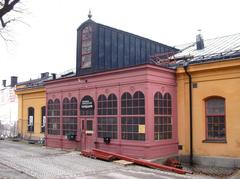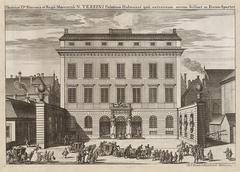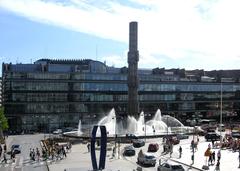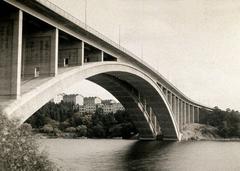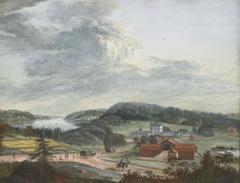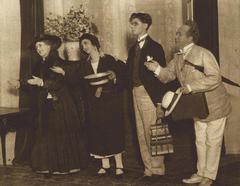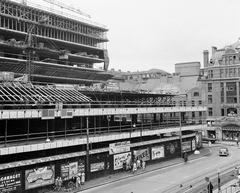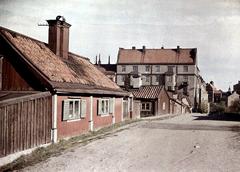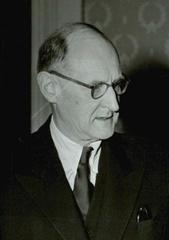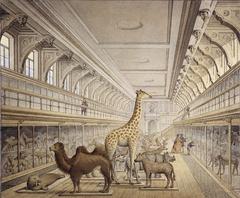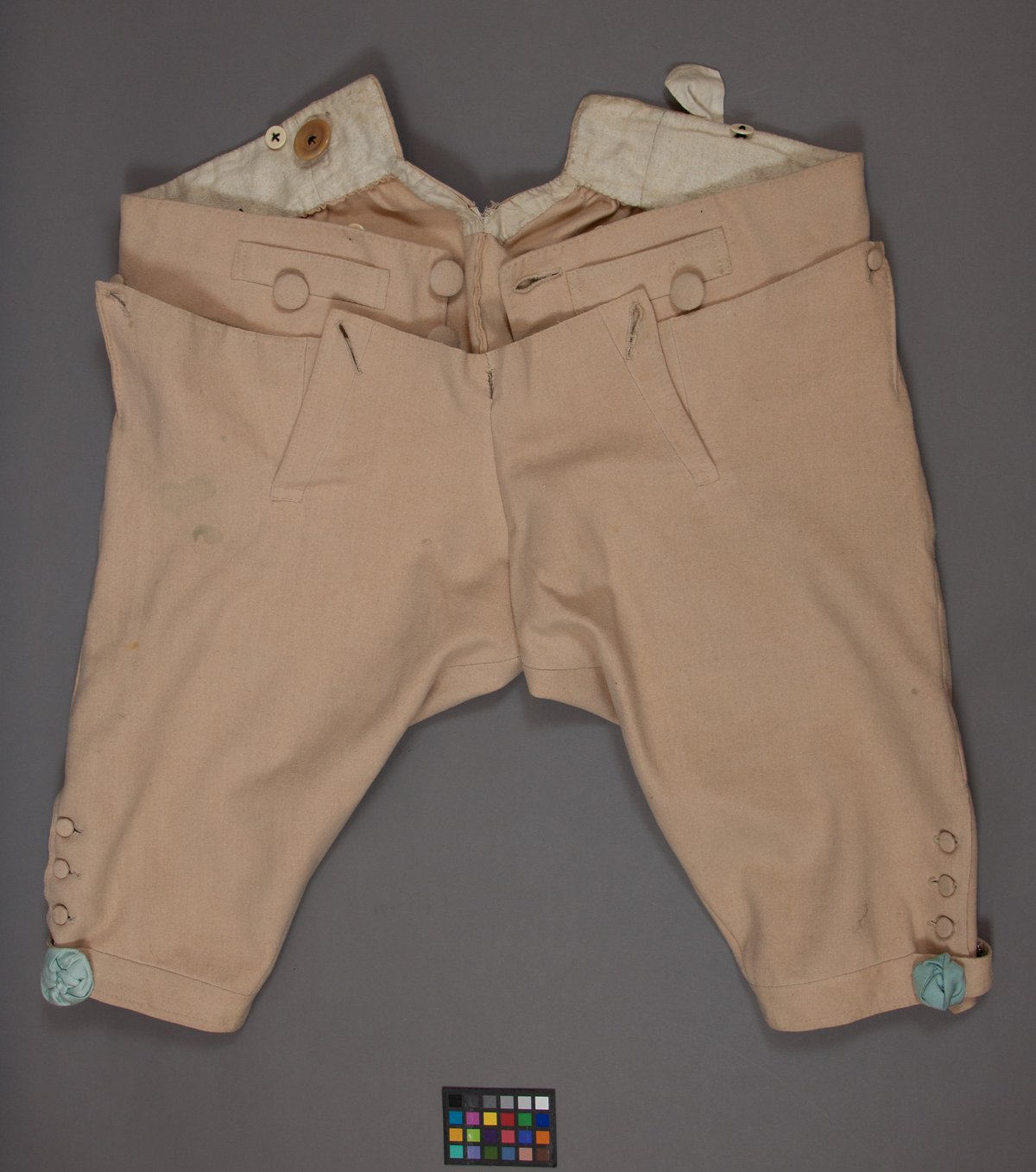
Stockholm Royal Palace Visiting Hours, Tickets, and Historical Significance
Date: 18/07/2024
Introduction
Stockholm Palace, or Stockholms slott as it is known locally, stands as a remarkable testament to Swedish history and architectural grandeur. Located on the island of Stadsholmen, where Lake Mälaren meets the Baltic Sea, this iconic landmark is more than just a royal residence; it is a living museum that chronicles centuries of Swedish power, culture, and resilience. The palace’s origins can be traced back to a 13th-century fortress built by Birger Jarl, the founder of Stockholm. Over the centuries, it evolved from a defensive structure into a magnificent royal residence, reflecting the changing architectural tastes and ambitions of Swedish monarchs (Royal Palaces) (The Local) (Visit Stockholm).
The current Baroque appearance of the palace is largely attributed to Nicodemus Tessin the Younger, a prominent Swedish architect influenced by his studies in Rome. His ambitious design came to life in the 18th century, following the devastating Tre Kronor fire of 1697, which destroyed much of the original structure. Today, Stockholm Palace serves multiple roles: it is a working royal residence, an architectural marvel, and a cultural hub that hosts numerous museums, including the Royal Apartments, the Treasury, and the Tre Kronor Museum. This guide will provide you with everything you need to know about visiting Stockholm Palace, including its history, architectural features, visiting hours, ticket prices, and travel tips to make the most of your visit.
Table of Contents
- Introduction
- From Viking Stronghold to Royal Residence - Tracing the Palace’s Origins
- The Tre Kronor Fire - A Defining Moment
- A Phoenix Rises - The Palace’s Rebirth in the 18th Century
- A Symbol of Power and Continuity - The Palace’s Role Through the Ages
- The Palace Today - A Living Museum and Working Royal Residence
- Visitor Information - Hours, Tickets, and Travel Tips
- FAQ
- Conclusion
From Viking Stronghold to Royal Residence - Tracing the Palace’s Origins
The story begins, not with opulent ballrooms and gilded chambers, but with a simple, sturdy structure - a 13th-century fortress. Birger Jarl, the founder of Stockholm, is credited with building this initial stronghold around 1250. Strategically positioned on the island of Stadsholmen, it served as a vital defense against seaborne invasions.
Over the centuries, this fortress underwent a series of transformations, evolving from a defensive structure into a more comfortable residence. King Gustav Vasa, a pivotal figure in Swedish history, spearheaded significant expansions in the 16th century, marking the beginning of the palace’s journey toward its current grandeur.
The Tre Kronor Fire - A Defining Moment
The year 1697 brought about a catastrophic event that forever altered the palace’s destiny. A devastating fire, remembered as the Tre Kronor fire, ripped through the palace, leaving little but ashes in its wake. The fire, while tragic, paved the way for a new chapter.
A Phoenix Rises - The Palace’s Rebirth in the 18th Century
From the ashes of the Tre Kronor fire emerged a new vision. Architect Nicodemus Tessin the Younger was tasked with designing a palace that would reflect Sweden’s newfound status as a major European power. His ambitious Baroque design, while delayed by financial constraints and the Great Northern War, eventually took shape, resulting in the palace we see today.
A Symbol of Power and Continuity - The Palace’s Role Through the Ages
Throughout its existence, Stockholm Palace has been more than just a royal residence. It has served as:
- The seat of Swedish power: Housing the King’s offices, the palace has been the center of Swedish government for centuries.
- A cultural hub: The palace has been the backdrop for countless royal events, from coronations and weddings to state banquets and diplomatic receptions.
- A witness to history: The palace has borne witness to pivotal moments in Swedish history, from wars and revolutions to periods of peace and prosperity.
The Palace Today - A Living Museum and Working Royal Residence
Today, Stockholm Palace stands as a testament to Swedish history and craftsmanship. It seamlessly blends its historical significance with its present-day roles:
- A working royal palace: While no longer the primary residence of the Swedish royal family, the palace remains a place of work for the King and Queen, who maintain offices within its walls.
- A captivating museum: The palace houses five museums, each offering a unique glimpse into Sweden’s past. Visitors can explore the Royal Apartments, marvel at the Treasury, and delve into the history of the Tre Kronor Museum.
- A symbol of national pride: Stockholm Palace continues to be a source of national pride for Swedes, representing their rich history and cultural heritage.
Visitor Information - Hours, Tickets, and Travel Tips
Visiting Hours
Stockholm Palace is open daily, but hours may vary depending on the season. Generally, the palace is open from 10 AM to 4 PM. It’s advisable to check the official website for the most up-to-date information.
Ticket Prices
- Adults: 160 SEK
- Students and Seniors: 80 SEK
- Children (7-17 years): 80 SEK
- Children under 7: Free
Travel Tips
- Accessibility: The palace is wheelchair accessible, with elevators available to most areas.
- Getting There: The palace is easily accessible by public transport. The nearest metro station is Gamla Stan.
- Nearby Attractions: While visiting, consider exploring other nearby historical sites such as the Royal Armoury, the Nobel Prize Museum, and the Riddarholmen Church.
FAQ
What are the opening hours of Stockholm Palace?
- The palace is generally open from 10 AM to 4 PM, but it’s best to check the official website for current hours.
How much are tickets to Stockholm Palace?
- Tickets cost 160 SEK for adults, 80 SEK for students and seniors, 80 SEK for children aged 7-17, and are free for children under 7.
Is Stockholm Palace wheelchair accessible?
- Yes, the palace is wheelchair accessible and has elevators to most areas.
Conclusion
Visiting Stockholm Palace is akin to stepping back in time. It’s an opportunity to walk in the footsteps of kings and queens, to witness the grandeur of a bygone era, and to connect with the heart of Swedish history. Whether you’re interested in its storied past or its current role as a cultural hub, Stockholm Palace offers a unique and enriching experience. Don’t forget to check the official website for the latest updates on visiting hours and ticket prices. Enjoy your visit!

